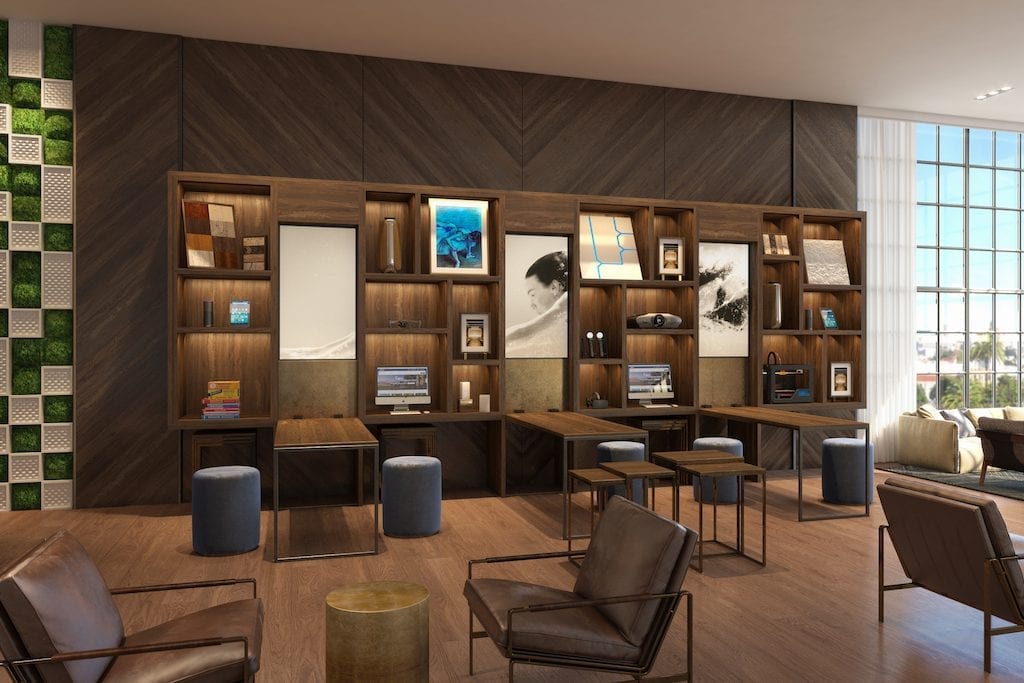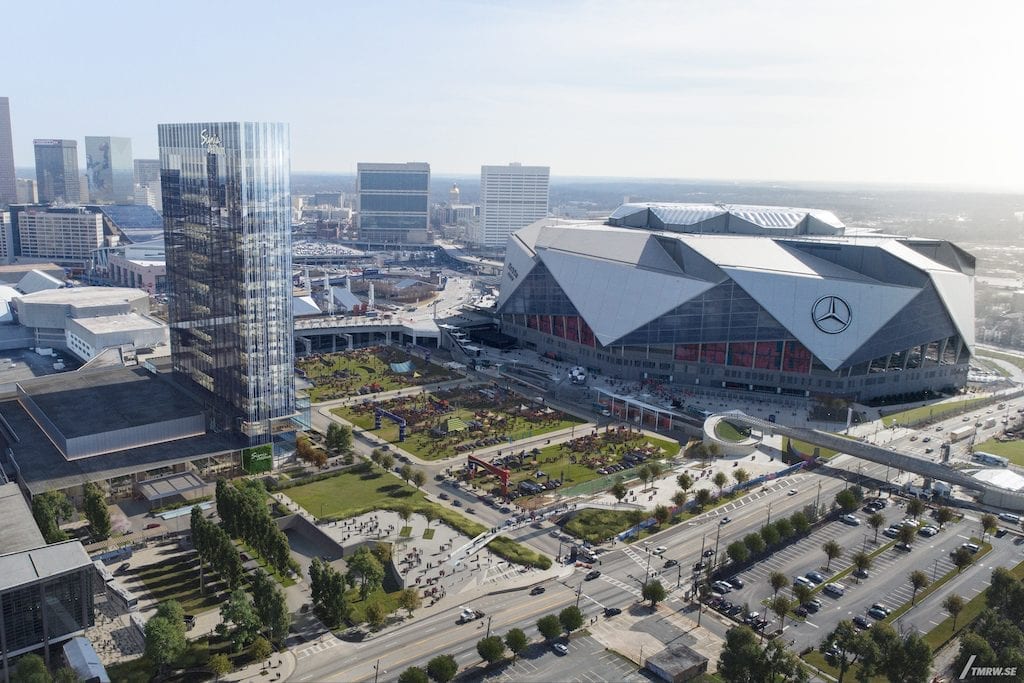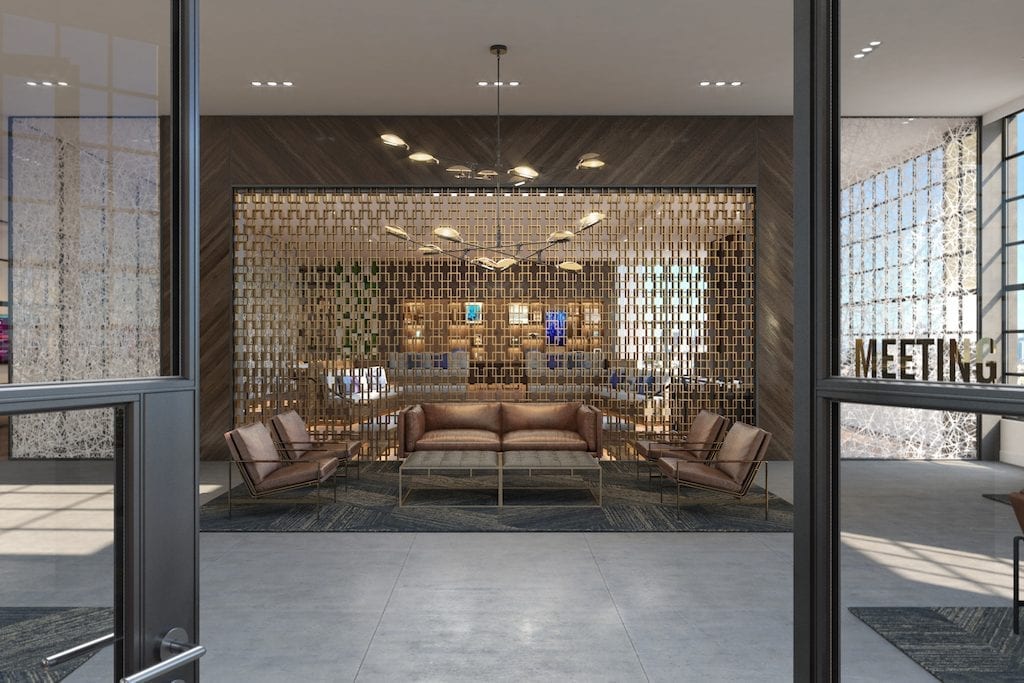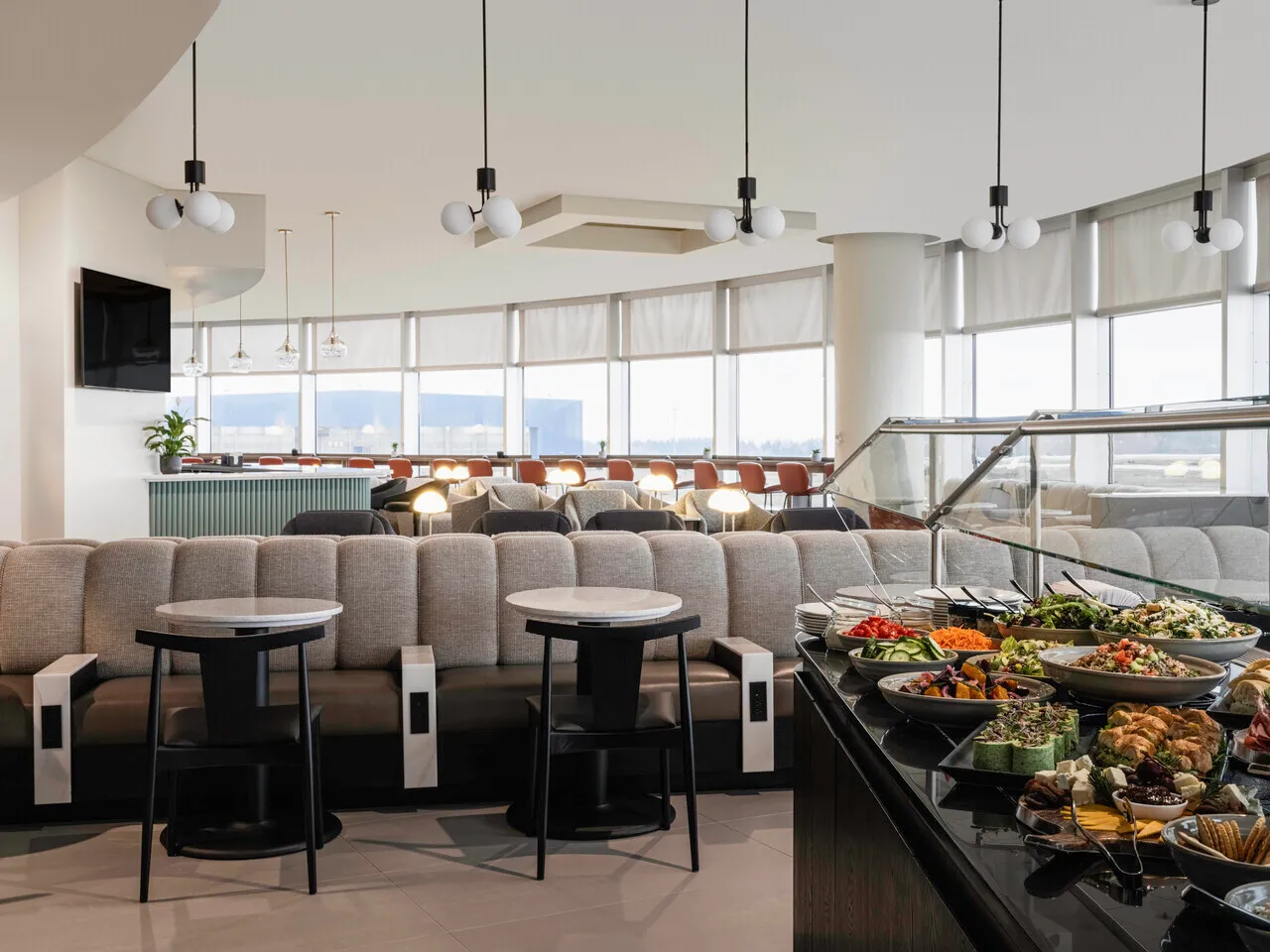The New Signia Hilton Is Designed for Meetings and Events
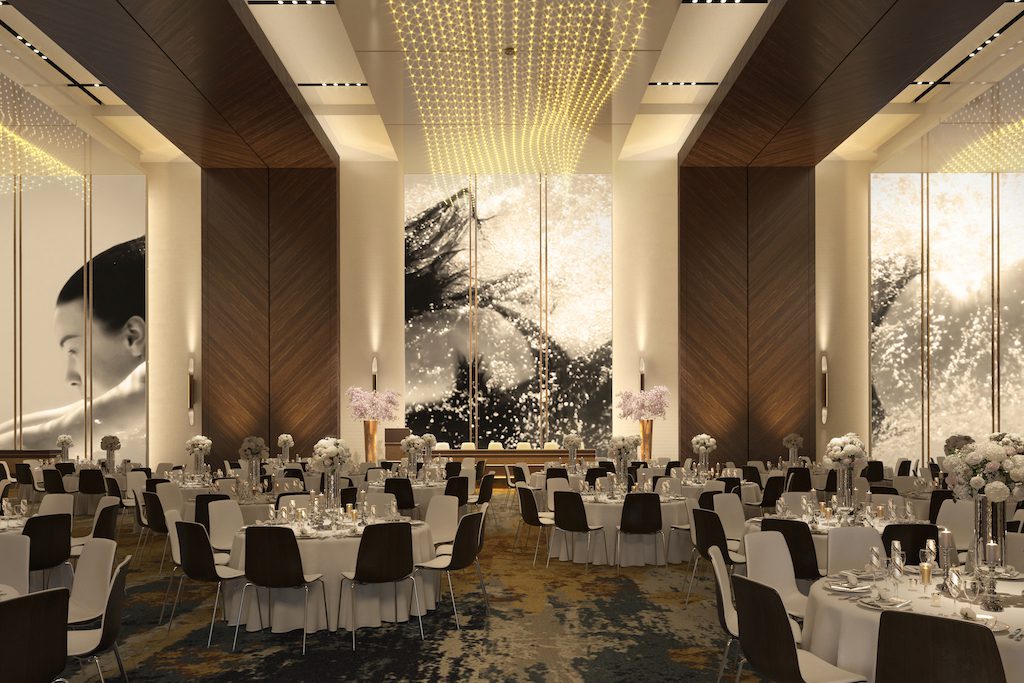
Skift Take
Hotel companies are fond of filling white spaces when it comes to brands, and Hilton is no exception.
As far back as December 2016, the company told investors how it had identified five new brand opportunities and since then, Hilton has made good on its promise to roll them out: First was an upscale soft brand collection (Tapestry by Hilton), followed by a luxury soft brand collection (LXR), and an urban microtel brand (Motto by Hilton).
Today, the latest of those white spaces — geared to be what Hilton originally referred to as a "Hilton plus" brand — is being filled by the new Signia Hilton.
"Signia Hilton will address the white space needs for premium meeting and event offerings among today's meeting professionals and business travelers," Dave Marr, Hilton senior vice president and global head of full-service brands.
According to Marr, Signia Hilton isn't quite luxury, but would qualify as an upper upscale full-service hotel brand dedicated to meetings and events whether through its tech offerings, design, public spaces, meeting rooms, and restaurants.
The Evolution of Signia Hilton
The idea for Signia Hilton "started a couple of years ago," when Hilton was speaking to its owners and developers who wanted a brand that sat "between the luxury space and Hilton's signature brand."
"They couldn't afford the fit and finish of a luxury hotel, but they still wanted to have a product that stands out and delivers a good premium for the hotel owner," Marr explained.
That request led to Hilton reaching out to meeting planners who, in turn, told Hilton that if the company wanted to build a meetings-friendly brand from the ground up, it would have to focus on design, technology, and culinary features.
Design meant "modern, grander spaces for big meetings" that were "flexible," and offered plenty of "natural light" and indoor/outdoor spaces that would "wow meeting attendees," he said.
When asked if Signia Hilton hotels would also feature some flexible co-working spaces in addition to traditional meeting rooms, Marr said, "Although, as a company we are looking at shared paces, we haven't started to think about that for this brand. It could be down the road in certain situations but will not be a key tenet for Signia Hilton."
The brand's technology didn't need to be "expensive," but it had to emphasize "efficiency and customization for attendees" and might include things such as wireless charging stations, 5G connectivity, digital whiteboards, and even, Internet of Things-powered meeting rooms, Marr said. That would be similar to the Connected Room guest room concept Hilton is currently rolling out throughout the U.S.
Marr said he was also surprised to learn just how "passionate" planners were about the culinary offerings for a meetings-oriented brand. Planners told Hilton they wanted "healthy but more customizable" cuisine that's also innovative, local, and sustainable, as well as hotel bars and restaurants that attendees will gravitate toward, he said.
Is This Just a More Group-Friendly Hilton?
Meetings and events comprise a significant portion of Hilton's business. For the entire Hilton enterprise, Marr said, approximately 30 percent of the hotels' business comes from groups. And in larger hotels, that number can jump to 50 or 60 percent.
The outlook for future Hilton group business — and corporate transient travel — is also relatively healthy.
During Hilton's most recent earnings call, CEO Chris Nassetta noted that group business for 2018 saw a 4 percent increase in revenue per available room (RevPAR), "slightly exceeding our expectations given particular strength in convention business across a number of key markets." He added that "Group trends are solid with 2019 bookings up in the mid-single-digits, and corporate negotiated rates are up just over 2 percent, slightly ahead of last year's growth."
Hilton, like its peers Marriott and InterContinental Hotels Group, however, stoked the ire of third-party meeting planners last year when the chains announced they would be cutting group commissions. When asked if that has had any impact on Hilton's meetings business, Marr said, "We have great relationships with all the third parties. Obviously, we want to continue to have strong partnerships with them, and especially as we launch this brand. They are some of our best customers. We expect them to be that same partner as we launch Signia Hilton."
When asked what differentiates Signia Hilton from the signature Hilton brand, Marr pointed to the following: "higher quality finishes, larger guest rooms, more impressive wellness and fitness experiences (including Hilton's Five Feet to Fitness room concept), a minimum of at least 75 square feet in meeting space per key, destination restaurants and bars, modern design, and a Dean-and-Deluca-esque grab and go food outlet."
In other words, yes, Signia Hilton is an elevated, larger version of the Hilton we've known for the last 100 years that can cater to groups, but to any other traveler, too.
And at a time when there seems to be a surge in investment and development for more select- or limited-service hotel brands — including brands like Tru by Hilton or the newer Motto by Hilton — Marr said Hilton remains "bullish on focused and full service," especially because the meetings industry is doing well.
"Budgets for meetings are on the rise," he said. "We're seeing more attendees and 59 percent of meetings are actually increasing their growth rates for year-over-year growth."
He continued, "We have an opportunity from starting a brand from scratch like this — what they [owners] can afford to build and have a good ROI and pair it with the needs and wants of planners. We're creating a product that appeals to both stakeholders."
Marr said that interested owners have told Hilton they want to invest capital into amenities that appeal to meeting and event planners, but also want to make sure this is a brand that appeals to leisure or corporate transient travelers, too.
The growth of this brand, too, will be on a relatively slower pace than that of Hilton's select-service brands such as Tru by Hilton.
"These [hotel deals] all take a lot of time and effort," Nassetta told Skift in January, alluding to but not naming the new Signia Hilton brand. "We're trying to get deals done and particularly in that brand. Those are big deals. These are quarter-billion-plus kind of deals. These are not Tru by Hiltons that you spend $10 million on."
An Owner's Perspective
Most Signia Hiltons will be entirely newbuilds, but Marr said that some would also be conversions of existing hotels, including the Hilton Orlando Bonnet Creek in Florida, which is currently undergoing a process to become a Signia Hilton and is expected to open as one within 18 months.
Two other Signia Hiltons will be built in Atlanta and Indianapolis, both of which will be near major convention centers and will likely open in 2021. Marr said he sees Signia Hilton primarily growing in urban meeting and resort destinations where there is a need for hotel properties with 500 or more rooms. The first will open in the U.S. but Marr anticipates high demand for the brand in regions that include Asia-Pacific as well.
The upcoming Atlanta property was part of a competitive deal-making process that pitted Signia Hilton against five other group-friendly hotel brands, said Frank Poe, executive director of the Georgia World Congress Center Authority (GWCCA), which is leading the ownership and development of the future Signia Hilton Atlanta.
The reason why GWCCA ultimately chose Hilton, Poe said, was because "it's a new product which is an appealing draw for Georgia, Atlanta and ultimately our campus. Additionally, the Signia Hilton standards fit well with our vision for quality" as it pertains to building a world-class campus for meetings, events, and entertainment, he said.
As for the return on investment the authority ultimately wants to see from this hotel, Poe said, "The financial criteria we considered was a key component in the overall evaluation for a publicly-owned publicly-financed hotel that had to deliver on quality, service and experience. It is also aligning ourselves with a brand that we believe will create demand."
The real test for delivering that return on investment, however, will be when the first of the Signia Hiltons opens, and whether they can appeal to meeting and event planners.
Marr said that throughout the process, Hilton will "continue to refine this brand" with meeting professionals.
"I've learned early on in my career, the more you ask questions, the more really good things will come," he said. "We've already crafted a brand that resonates with these stakeholder groups, and it's a brand that will truly redefine the meetings and events space."
